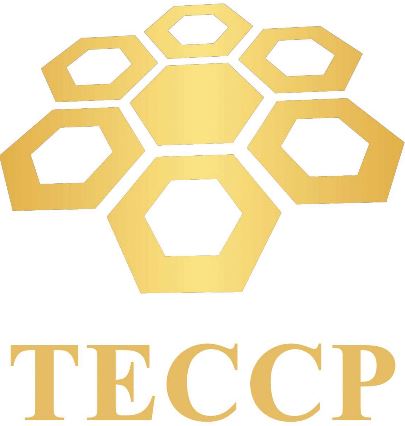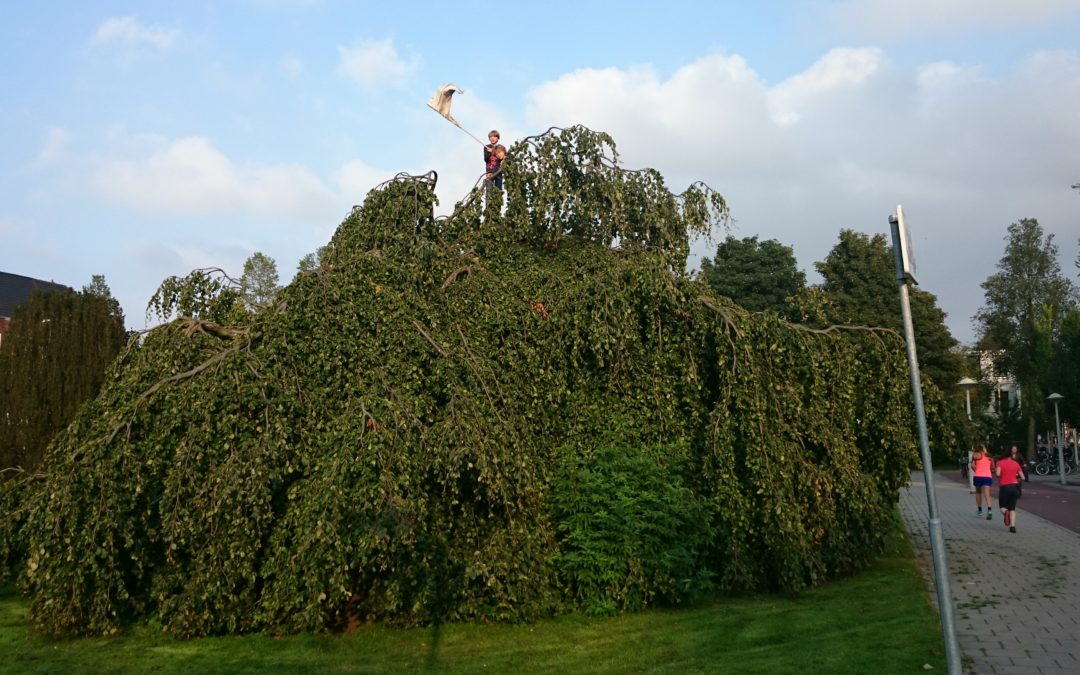Acceptable risks, a Fata Morgana?
A manifest
After 18 Years in the world of play I still hear the message of acceptable risks buzzing. But it is just as long that there are opposing forces that cry along with this positive message and then preach / do just the opposite.
Unfortunately, we have already lost the last 2 generations of children along the way. Their aversion to risk has grown thanks to the imposed doom thinking about danger and risk. 100% safety, Go for Zero and other good-sounding one-liners are, among others, abused by politicians to show how much they are concerned with our safety. Unfortunately, our society takes on this message in an indiscriminate way and then adds some extras on top. Where have the critical citizens gone in our society?And that same policy sets out the guidelines that their administrations have to implement and maintain in the field. Maintain with limited resources and with even fewer acquired skills.
Our society has also ensured, through its free market economy, that we have companies and individuals who reinforce this safety message even more (especially for their own benefit). “Safety certificates”, “Declarations of conformity” or stamps with approved! must make us believe that everything is perfectly safe thanks to them. Inspectors justify their existence based on the number of “breaches” they find (fake?) with the index finger high in the air. It has become a Millions business that they will not abandone without a struggle. After all, without them all children die without mercy …
No, it is not a hint to persons or institutions, but to the system. The system that sets more and more unsubstantiated requirements and sets even fewer resources against it. (Means for example to properly train and sustain civil servants so that they can conduct audits correctly or to conduct critical quality audits of “safety” companies active in this sector) A system of black and white thinking in which gray no longer belongs. A system that rewards doom thinkers whoever and wherever. Because he / she who protects us from every danger is the guardian of the holy grail of safety. And they also want us to believe the greatest expert in this field.
Children develop their individual safety management from a very young age and all experiences up to and including their 36th month strongly determine their further attitude towards safety. It is therefore important to introduce them to acceptable risks as early as possible. so that they can experience for themself what these dangers hide in. But also the possible learning opportunities of every danger are of exceptional value. Because every choice in life has an effect, good or less good. But rarely absolutely bad!
The tendency of natural play is one that has been growing for years. Bringing children back into contact with the real world, far from the concrete and symmetrically compliant and therefore artificial living environment, tailored to our crazy society. It is a movement that wants to bring back our own experiences to the children of today.
Nature does have its own laws and rules. And they are miles away from what humanity has imposed in standards and laws. Nature has succeeded for centuries in adapting to the changes around itself. People, however, want the environment to adapt to them because the other way around simply does not work. There is already a safety deficit between the living environment and playing world. And our society and our elected people take that for granted. Experiences such as falling against a bush, sliding on a smooth surface, lets say anything that could lead to tears and require a kiss from mom or dad has recently come under pressure again. Without any substantiation, chances to play are sometimes permanently stopped. Or, as some examples show, unnecessary costs have to be incurred to meet the wishes of “experts”. Wishes that do not add value. Negligent…
Most importantly, we have a crushing responsibility in growing our children into healthy, balanced citizens. It is not only children learn to eat, drink, brush teeth, live together, etc. It is also at least as much learning children to assess what a hazard is, and if they accept the challenge of the hazard, what the possible consequences of their actions are (the risk). Our children are capable of doing this independently. That is why we must ensure that the risks in the playing world remain at an acceptable level. But certainly not that there are no more dangers and risks to experience. Children are not wimps but extremely resilient people, so let’s value them as such.
If everyone lets go of their own equal and is willing to join hands together, then we can tackle real unacceptable risks while developing great potential for play and learning opportunities. Who’s in?

